#icteridae
Text
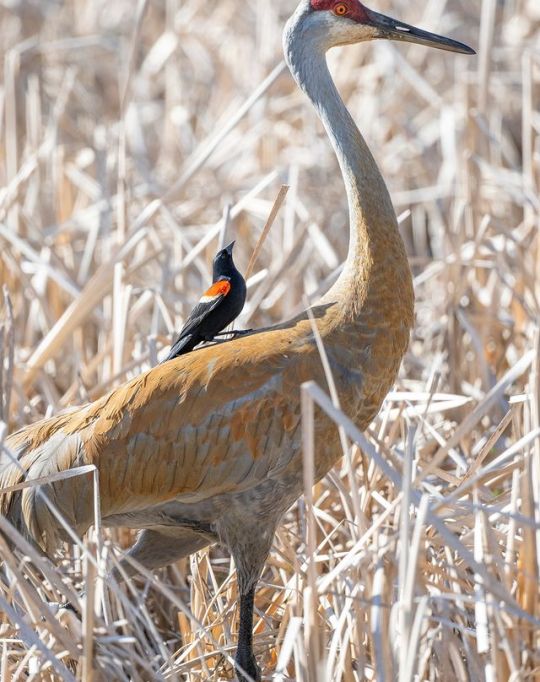
Sandhill Crane & Red-winged Blackbird
#sandhill crane#crane#Antigone canadensis#Gruiformes#Gruidae#Antigone#red winged blackbird#blackbird#Agelaius phoeniceus#Passeriformes#Icteridae#Agelaius#bird#upl
3K notes
·
View notes
Text

Yellow-headed Blackbirds (Xanthocephalus xanthocephalus), males, family Icteridae, order Passeriformes, Wyoming, USA
photograph by K. Theule/USFWS
712 notes
·
View notes
Text
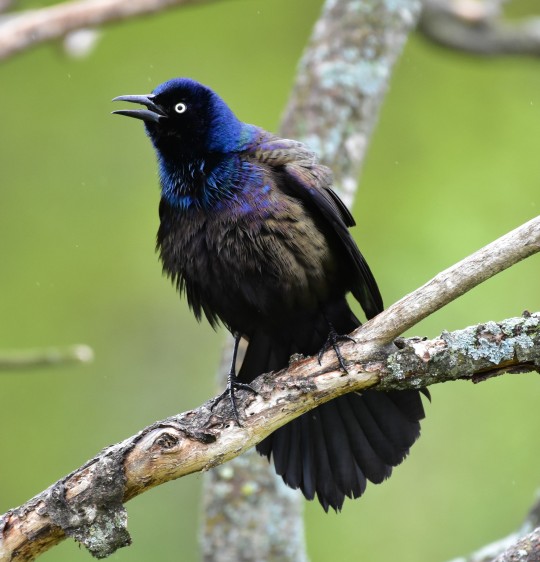
[2599/11080] Common grackle - Quiscalus quiscula
Order: Passeriformes
Suborder: Passeri
Superfamily: Emberizoidea
Family: Icteridae (icterids)
Photo credit: Henry Trombley via Macaulay Library
237 notes
·
View notes
Text
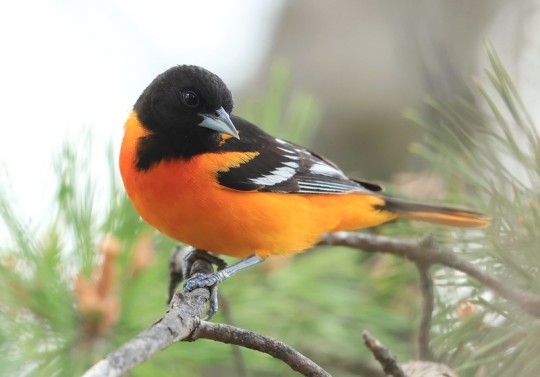
A Baltimore oriole (Icterus galbula) in Lake Meyer Park, Iowa, USA
by Larry Reis
#baltimore oriole#blackbirds#new world orioles#birds#icterus galbula#icterus#icteridae#passeriformes#aves#chordata#wildlife: iowa#wildlife: usa#wildlife: north america
112 notes
·
View notes
Photo
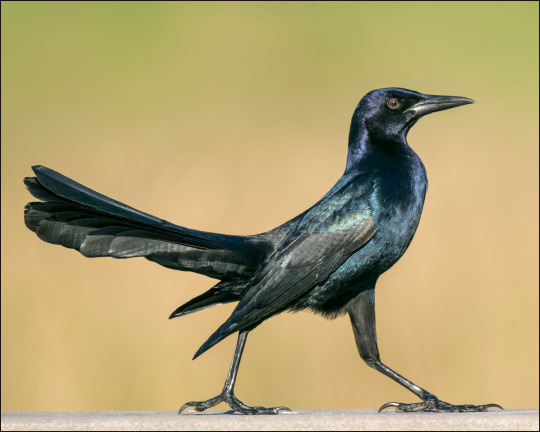
Boat-Tailed Grackle (Quiscalus major)
Family: American Blackbird Family (Icteridae)
IUCN Conservation Status: Least Concern
Native to the southeastern USA, the Boat-Tailed Grackle shares much of its range with the closely related Common Grackle, but can be distinguished from its relative thanks to its larger size (Growing to be around 40cm/15.7 inches long compared to the around 32cm/12.6 inch long Common Grackle) and its considerably longer, broader tail, which is present in both sexes but more prominent in males. Found largely in coastal habitats (although they may also be found near large inland bodies of water or in human settlements where they feed on abandoned food scraps), members of this species roost in large, loosely organised flocks that may contain hundreds of individuals, and which scatter during the day to feed on seeds, fruits, insects, eggs and small vertebrates such as frogs, fishes and occasionally smaller birds before gathering back together at dusk. Boat-Tailed Grackles mate in the early spring (with a male establishing a strictly-guarded territory and producing a high-pitched mating call to invite a large number of females into it) and nest during the late spring and early summer (with several females constructing small, cup-shaped nests among dense elevated vegetation within close proximity to one another to increase the likelihood of potential predators and egg thieves being spotted, and 3-5 pale, speckled and striped eggs being laid in each nest.) Females of this species have pale brown bodies and dark brown wings, while males (such as the individual pictured above) are nearly twice the size of females and possess iridescent black feathers that reflect light in such a way that they may appear purple, blue or green if seen under bright sunlight. As is true of many grackles the males of this species are frequently mistaken for crows (with the word grackle being derived from the Latin graculus, meaning “jackdaw”, in reference to the two small species of Eurasian crows known collectively as jackdaws), but despite their superficial similarities grackles and crows are not closely related (with grackles and their fellow American Blackbirds being more closely related to the American Sparrows of the family Passerellidae.)
--------------------------------------------------------------------------
Image Source: https://www.inaturalist.org/taxa/9601-Quiscalus-major
(Side note: Some of the sources I’ve read about grackles seem to suggest that they’re among the most common passerine birds in North America, but I’m curios as to how true that is. I don’t suppose anyone who sees this post and lives in/has been to America can confirm or deny this?)
#Boat-Tailed Grackle#grackle#grackles#blackbird#blackbirds#icterids#icteridae#bird#birds#zoology#biology#ornithology#animal#animals#wildlife#north american wildlife
251 notes
·
View notes
Photo

Southern Mountain Cacique (Cacicus chrysonotus)
© Dennis Mersky
165 notes
·
View notes
Photo
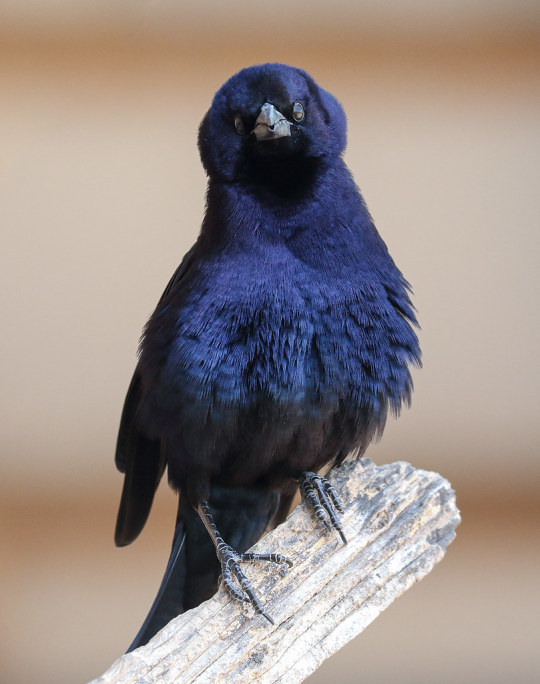
Shiny Cowbird (Molothrus bonariensis)
© Achim
552 notes
·
View notes
Photo
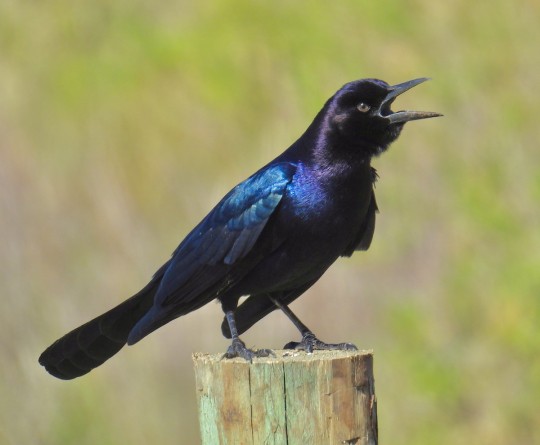
Boat-tailed Grackle (Quiscalus major)
© Van Remsen
222 notes
·
View notes
Photo

Boat-tailed Grackle (Quiscalus major)
© Van Remsen
215 notes
·
View notes
Photo
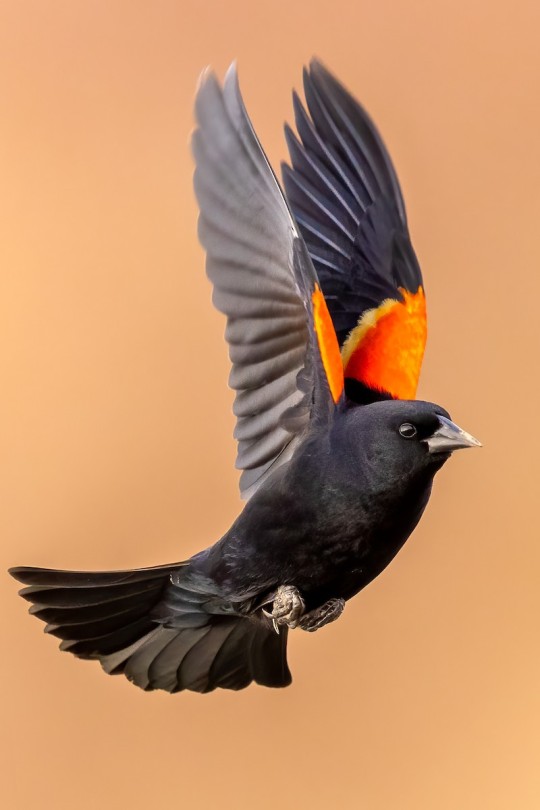
Red-winged Blackbird (Agelaius phoeniceus)
© Brad Imhoff
231 notes
·
View notes
Text

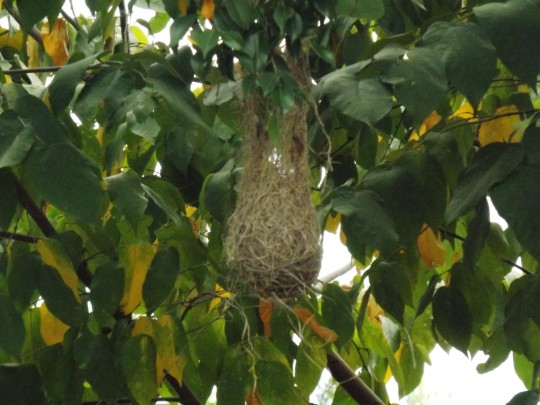
#bird nest#nest#nidos#nido#icterus#icteridae#aves#birds#yellow#amarillo#yellow bird#amarillenta#carabobo#nature photography#nature photos#photography#photographers of tumblr
10 notes
·
View notes
Photo

Scott’s Oriole
516 notes
·
View notes
Text

Hooded Oriole (Icterus cucullatus), male, family Icteridae, order Passeriformes, South TX, USA
photograph by Sandy Hurwitz
511 notes
·
View notes
Text

[2292/11080] Chestnut-headed oropendola - Psarocolius wagleri
Order: Passeriformes
Suborder: Passeri
Superfamily: Emberizoidea
Family: Icteridae (icterids)
Photo credit: Carlos Sanchez via Macaulay Library
#birds#Chestnut-headed oropendola#Passeriformes#Passeri#Emberizoidea#Icteridae#Psarocolius#birds a to z#described
181 notes
·
View notes
Text

A Montezuma Oropendola (Psarocolius montezuma) sits in a tree in Costa Rica
by Terry Laws
#montezuma oropendola#oropendolas#birds#psarocolius montezuma#psarocolius#icteridae#passeriformes#aves#chordata#wildlife: costa rica#wildlife: central america
51 notes
·
View notes
Text
Loser's Bracket: Round 2, Poll 3
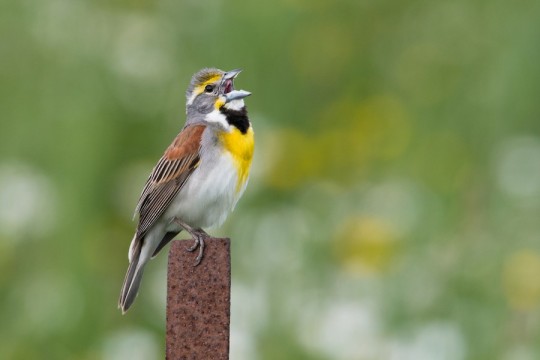

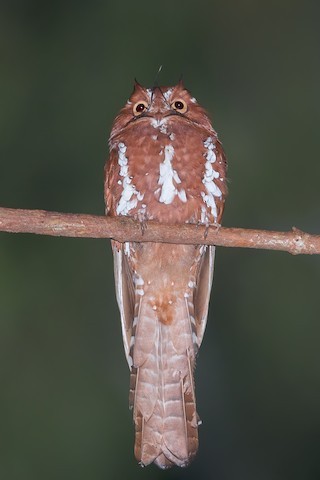

Images: Dickcissel (Marc Favre); Rook (Anonymous); Nightjar (Dubi Shapiro); Finch (Marc Gardner)
#hipster bird losers bracket#animal polls#bird poll#dickcissel#rook#starry owlet nightjar#gouldian finch#passeriformes#aegotheliformes#aegothelidae#corvidae#icteridae#estrildidae
21 notes
·
View notes